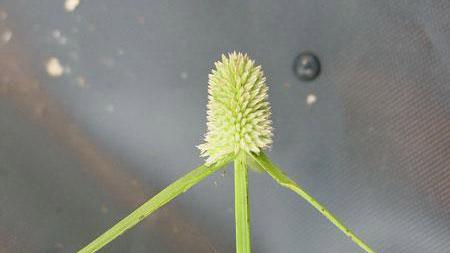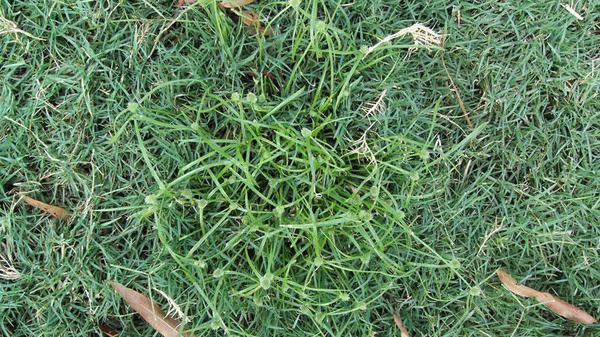Green Kyllinga
en Español / em Português
El inglés es el idioma de control de esta página. En la medida en que haya algún conflicto entre la traducción al inglés y la traducción, el inglés prevalece.
Al hacer clic en el enlace de traducción se activa un servicio de traducción gratuito para convertir la página al español. Al igual que con cualquier traducción por Internet, la conversión no es sensible al contexto y puede que no traduzca el texto en su significado original. NC State Extension no garantiza la exactitud del texto traducido. Por favor, tenga en cuenta que algunas aplicaciones y/o servicios pueden no funcionar como se espera cuando se traducen.
Português
Inglês é o idioma de controle desta página. Na medida que haja algum conflito entre o texto original em Inglês e a tradução, o Inglês prevalece.
Ao clicar no link de tradução, um serviço gratuito de tradução será ativado para converter a página para o Português. Como em qualquer tradução pela internet, a conversão não é sensivel ao contexto e pode não ocorrer a tradução para o significado orginal. O serviço de Extensão da Carolina do Norte (NC State Extension) não garante a exatidão do texto traduzido. Por favor, observe que algumas funções ou serviços podem não funcionar como esperado após a tradução.
English
English is the controlling language of this page. To the extent there is any conflict between the English text and the translation, English controls.
Clicking on the translation link activates a free translation service to convert the page to Spanish. As with any Internet translation, the conversion is not context-sensitive and may not translate the text to its original meaning. NC State Extension does not guarantee the accuracy of the translated text. Please note that some applications and/or services may not function as expected when translated.
Collapse ▲Description
Green kyllinga (Kyllinga brevifolia) and false green kyllinga (Kyllinga gracillima) are very similar in appearance, and both are referred to as green kyllinga. Both species are native to Asia and are spreading rapidly in turfgrasses in the southern United States. Both are perennial species with well-developed rhizomes. Kyllingas tend to have a finer leaf texture and are shorter growing than other sedges. They thrive under close mowing situations (inch or less) and are very prolific in areas that are poorly drained or frequently wet. These two species are mat-forming sedges and have been observed to take over turfgrasses in the southeastern United States. Green kyllinga is very difficult to control once the large mats form. The range of these two species is somewhat misleading because they are spreading rapidly. It is believed that spread of these two species may be due to a change in crabgrass control practices in recent years.
Cultural Control
Green kyllinga and false green kyllinga are both perennials that tend to thrive under close mowing (inch or less) and are very prolific in areas that are poorly drained or frequently wet. Green kyllinga is very difficult to control once the large mats tend to form.




